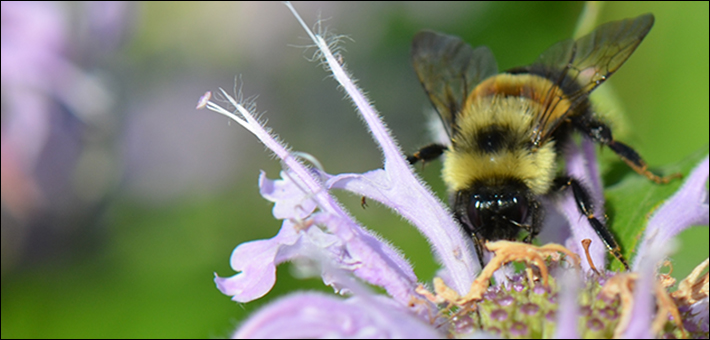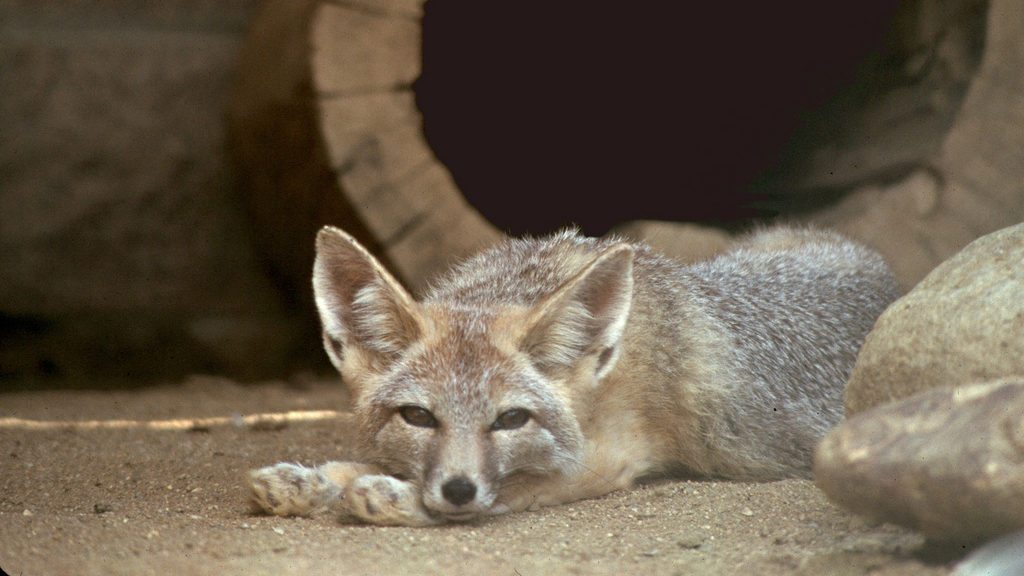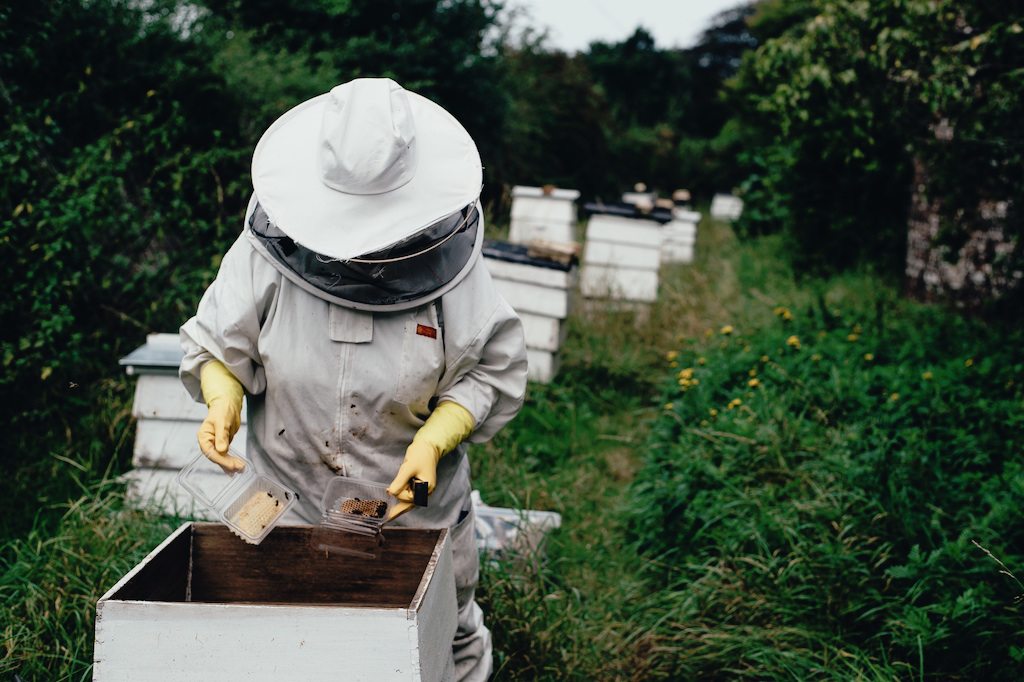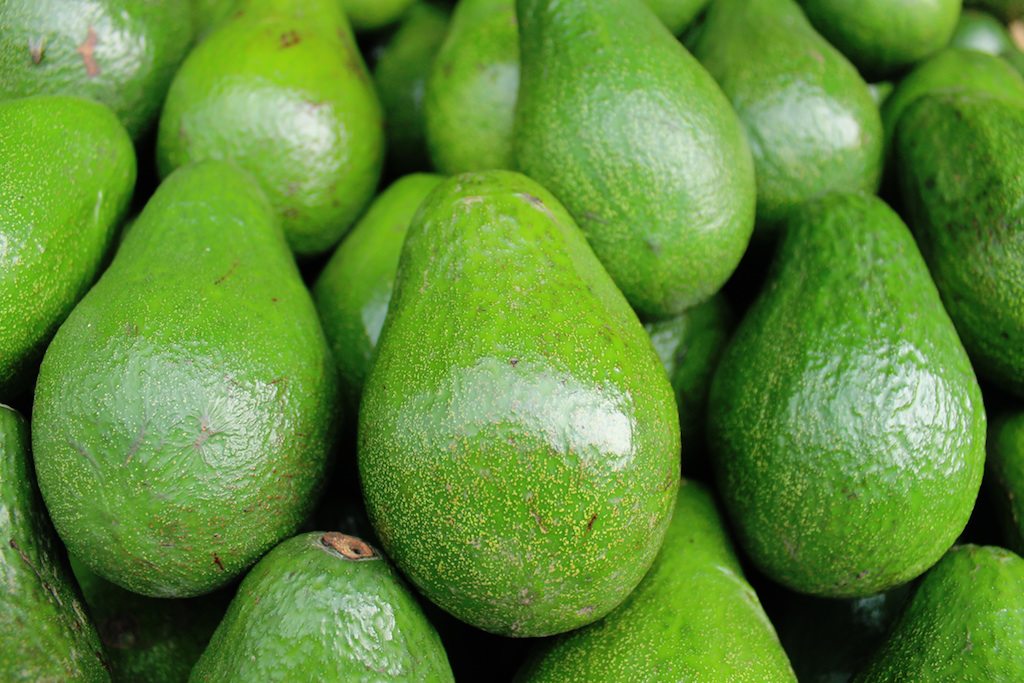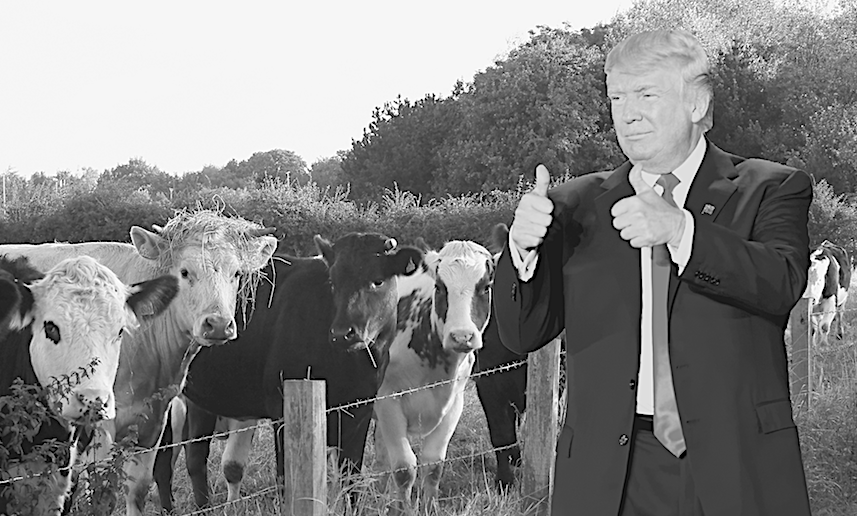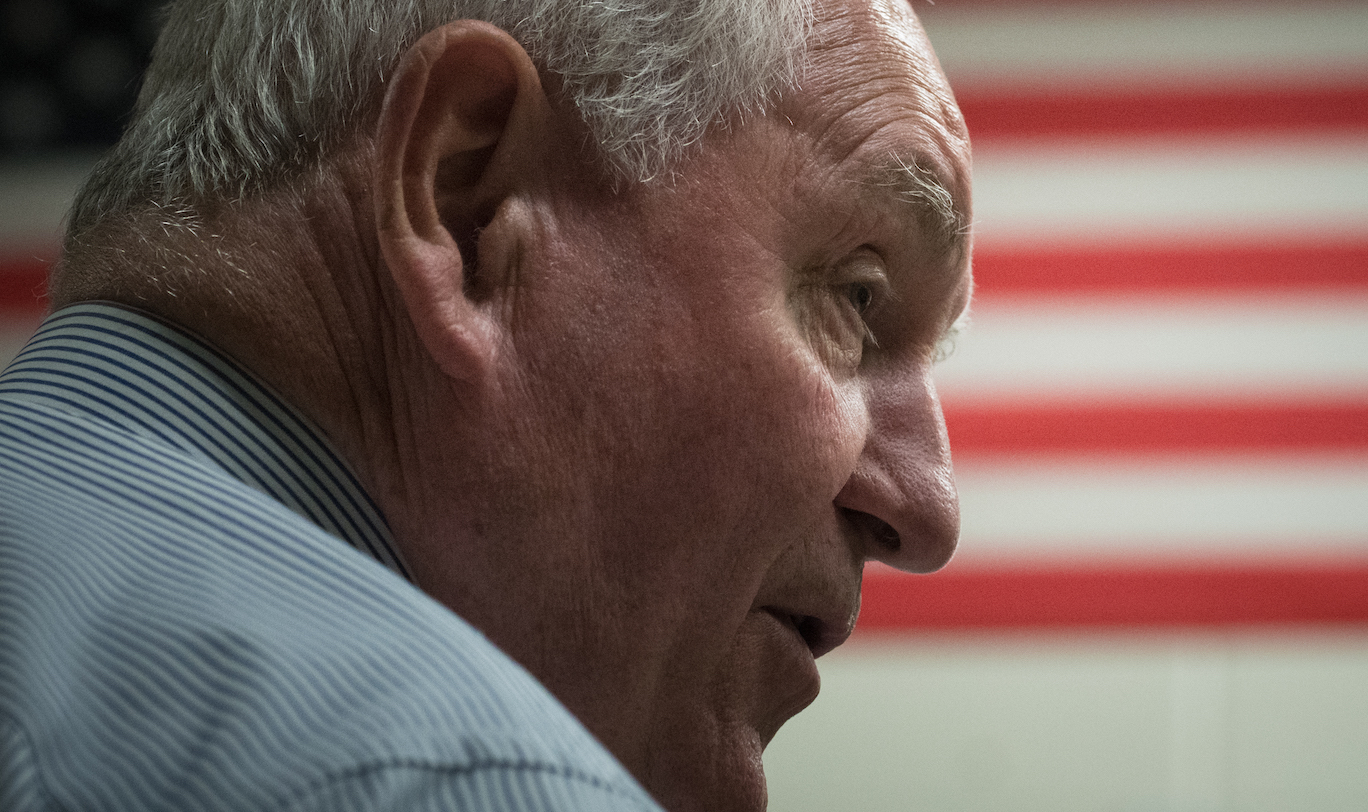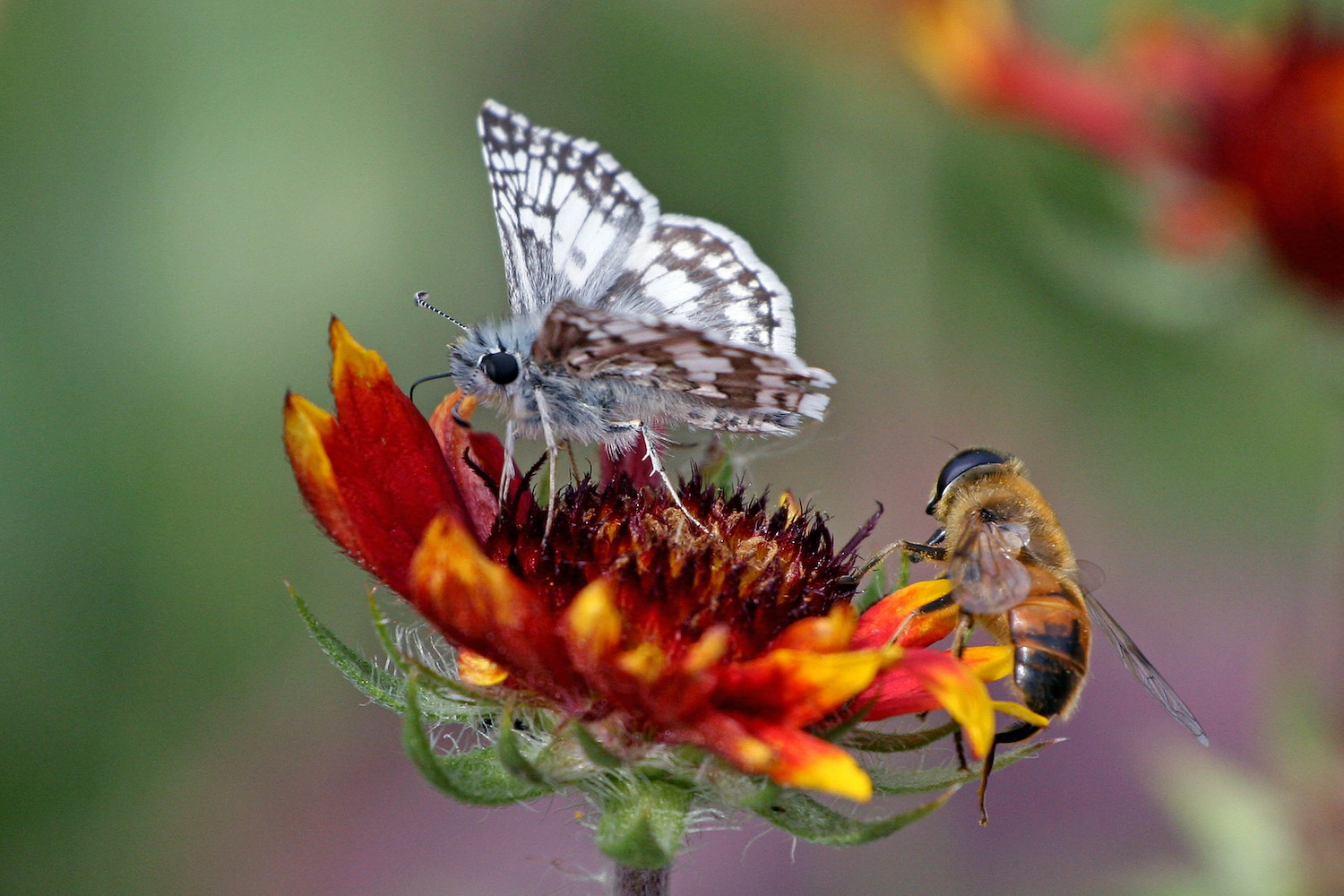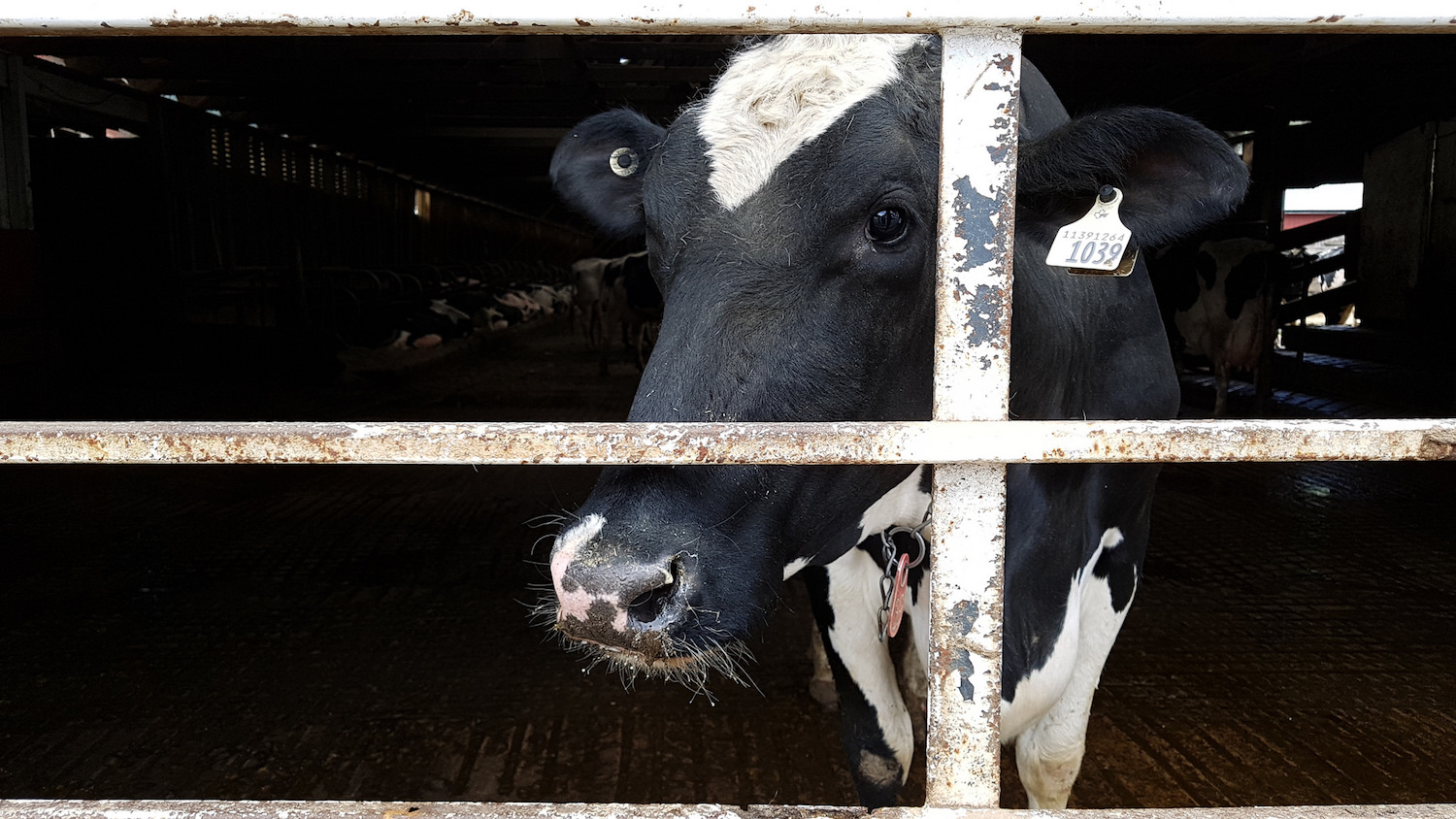New rules announced by the Trump administration Monday will significantly erode protections given to vulnerable plants and animals through the Endangered Species Act (ESA). The changes, which both ignore climate-related impacts on wildlife, and prioritize the economic consequences of an “endangered” designation, could open the door for farmers and agribusiness companies to utilize pesticides and other chemicals that directly impact at-risk habitats.
The changes take effect in 30 days.
Now, however, protections afforded by the ESA will be significantly weakened, potentially allowing farmers and industrial polluters more leeway in using chemicals (e.g., neonicotinoids) that could be harmful to endangered pollinators.
The Department of the Interior (DOI) on Monday released a statement on the decision, claiming that the revised rules will clean up red tape and increase efficiency. “The Act’s effectiveness rests on clear, consistent and efficient implementation,” said Interior Secretary David Bernhardt. “An effectively administered Act ensures more resources can go where they will do the most good: on-the-ground conservation.” It’s not immediately clear how the weakened rules will improve conservation.
The ESA was signed into law in 1973, providing the main form of protection for plants and animals on the brink of disappearing (the humpback whale and the peregrine falcon are good examples). Environmental advocates are calling Monday’s proposed rule changes an unmitigated disaster for endangered wildlife, and the habitats they choose.
“The regulation changes will escalate habitat loss, the primary threat to most threatened and endangered species, including many beloved pollinators,” wrote Holly Pearen, senior ecosystems attorney at the Environmental Defense Fund, in an email to The New Food Economy. “The reforms will make it harder to identify and protect land that could be restored into habitat at present or in the future. Changes to critical habitat designations will be especially detrimental to pollinators.”
Perhaps most importantly, the changes will eliminate climate change as a specific issue to consider in making endangered species designations. This last item comes despite the fact that an ever-warming climate has been a well-documented, massively significant contributor to species decline. “We all know that climate change is now the greatest threat ever to hundreds of species,” a former deputy interior secretary told The New York Times.
Indeed, on the Fish and Wildlife Service website, climate is one of the specific threats to existence on each species’ page. The rusty patched bumble bee’s listing notes: “Climate changes that may harm bumble bees include increased temperature and precipitation extremes, increased drought, early snow melt and late frost events. These changes may lead to more exposure to or susceptibility to disease, fewer flowering plants, fewer places for queens to hibernate and nest, less time for foraging due to high temperatures, and asynchronous flowering plant and bumble bee spring emergence.” Presumably these listings will be removed when the rule changes go into effect. That is also not clear.
Additionally, the United Nations recently released findings that we’re on track to drive a million species to extinction. The report also said that climate concerns should be first and foremost in determining how to avoid this eventuality.
If you need a little good news while you wait for the rules to take effect, there have been some cautious signs for hope for the beleaguered rusty patched bumble bee.
